In the current environment of numerous and widely-disseminated sources of information, it is important to take a participatory approach whereby the target audience can be included in the process of shaping content that they want to see.
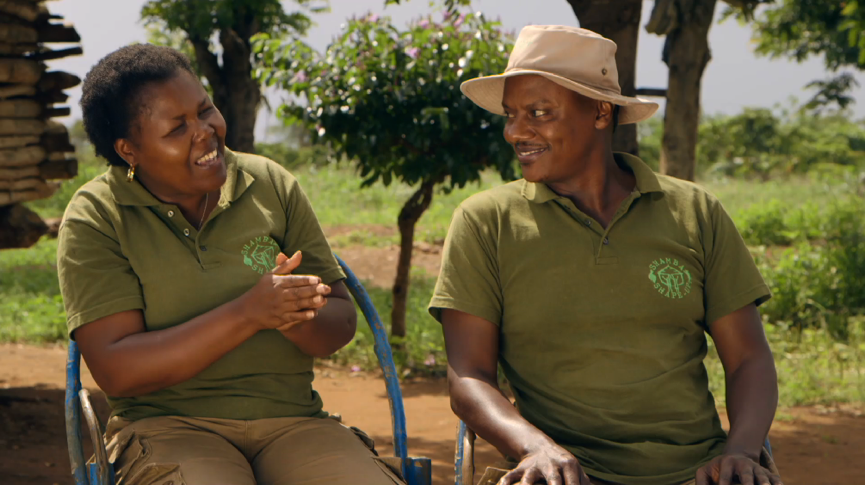
The Mediae Company in Kenya has done this with great success by producing Shamba Shape Up. Shamba Shape Up is an entertaining TV program, on which experts and farmers from across Kenya demonstrate tried-and-tested agricultural and climate adaptation practices in ways that are easily understandable to viewers.
It is not a top-down documentary show, or a purely instructional program. By visiting people in their own environments and addressing their specific issues and problems, we give them a feeling of inclusion. We facilitate discussion by providing our viewers and show participants with information, knowledge, improved attitudes and new practices to help them make their own decisions about the way forward. This is a powerful way to drive development and creates a realistic impetus for change.
Each series is aired in English and Swahili and the audience can send questions and request printed information leaflets by SMS and social media. The program is also available online:
Following each series, extensive field surveys determine the success of the program: is it useful to our audience? What is the level of learning—are viewers adopting the methods they see? How do viewers’ behaviors differ from those of people who do not watch the program?
It is estimated that the program reaches over 6 million households each week with timely, practical demonstrations on how to improve their farming practices and livelihoods. The program covers topics from animal health through agronomy—and it also provides strategies for adapting to climate change.
In 2015, 85% of the people who watched the program learned something new from it, and 50% of the audience actually adopted a new practice they learnt on the program, of whom 74% got more food or income for the household as a result of implementing practices they learned through the show.
98% of the audience rate the program as good or very good, and it is one of the most highly trusted sources of agricultural information for rural people—which puts it above newspapers, agrodealers, extension workers, and friends.
According to David Campbell, the founder, “with Shamba Shape Up, I have worked with a simple model and that is to increase knowledge, support new attitudes resulting in changes in practice; coupled with the effort to build large audiences by meeting peoples informational needs and entertaining them at the same time.
We know that the concept of edutainment in agriculture has grown transnationally. The donors, civil society organizations and governments are realizing that this is one way that is cost-effective and can reach and make changes amongst extremely large audiences.”
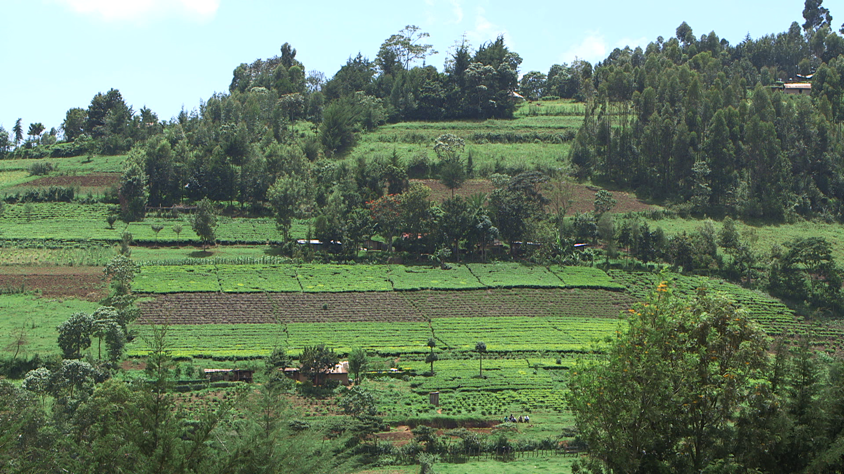
Still, the program has confronted an array challenges.
There have been some difficulties with finding the correct partners where some subjects are generic: for example, it has not been easy to find sponsors for climate change adaptation programming and financial education episodes. We have to work hard to find the correct balance of funding from donors and from the commercial sector.
We are also noticing a need to provide variation in the types of farms we cover, and the levels of technology recommended on those farms: much of our audience feels they have learned the basics, and now they want to know more. In order to improve our interactions with viewers and enhance their ability to ask us questions directly, we have set up iShamba—a mobile information service for farmers that currently has over 300,000 users.
Despite these challenges, educational television programs like Shamba Shape Up are extremely powerful tools for education and development. Television that focuses on viewer livelihoods can empower millions of people by acknowledging their informational needs and supplying vital knowledge in a form that can be widely accessed and understood.



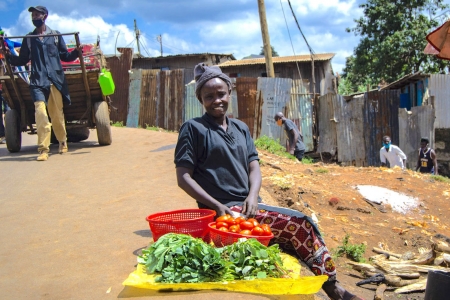






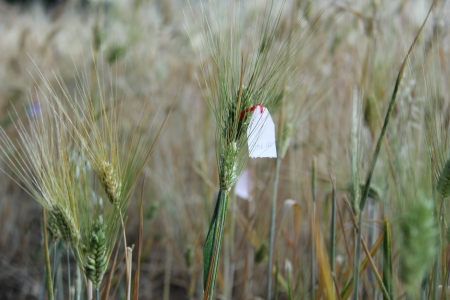
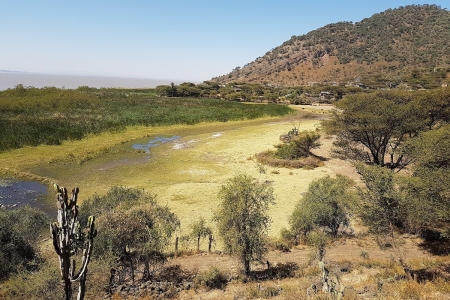
Add new comment